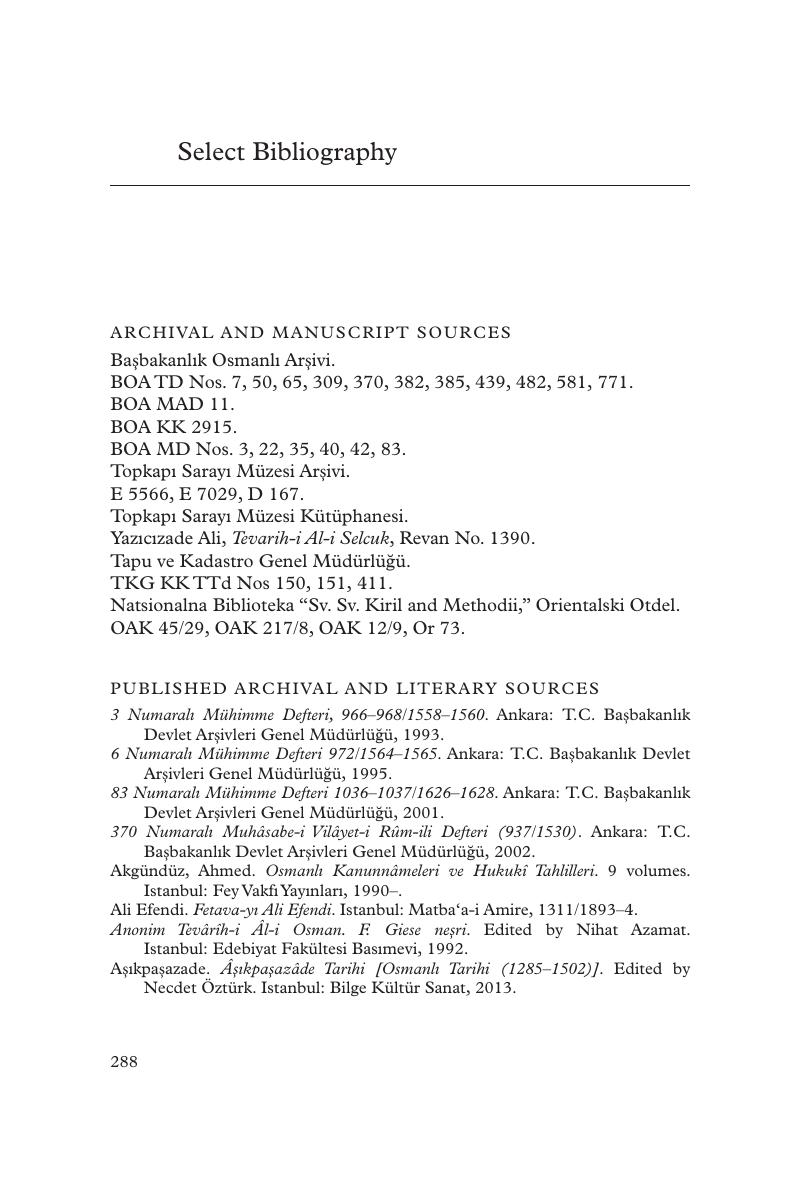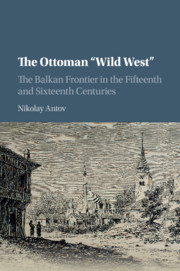Book contents
- The Ottoman “Wild West”
- The Ottoman “Wild West”
- Copyright page
- Dedication
- Contents
- Figures
- Maps
- Tables
- Acknowledgments
- Abbreviations, Transliteration, Dates, and Pronunciation
- Maps
- Introduction
- 1 The Broad Historical Context: The Rise of the Ottoman Empire and the Formation of Muslim Communities in the Balkans as an Integral Part of the Ottomanization of the Region
- 2 Colonization, Settlement, and Faith in the Balkans in the Early Ottoman Period (c. 1352 to Early Sixteenth Century)
- 3 The Northeastern Balkans from the Late Medieval Period to the Late Fifteenth Century: Pre-Ottoman Turcoman Invasions and Migrations, the Ottoman Conquest, and the “Turbulent” Fifteenth Century. Deliorman and Gerlovo as a “Special Case”
- 4 The Repopulation of Deliorman and Gerlovo’s Countryside in the Sixteenth Century
- 5 The Development of the Urban Network in Sixteenth-Century Deliorman: The Emergence of Hezargrad and Eski Cuma, the Transformation of Shumnu into an Islamic City, and the Decline of Chernovi
- 6 Religion, Culture, and Authority: Two Case Studies
- 7 Issues in Religion, Culture, and Authority: Conversion to Islam and Confessionalization
- Conclusion
- Select Bibliography
- Index
- References
Select Bibliography
Published online by Cambridge University Press: 08 December 2017
- The Ottoman “Wild West”
- The Ottoman “Wild West”
- Copyright page
- Dedication
- Contents
- Figures
- Maps
- Tables
- Acknowledgments
- Abbreviations, Transliteration, Dates, and Pronunciation
- Maps
- Introduction
- 1 The Broad Historical Context: The Rise of the Ottoman Empire and the Formation of Muslim Communities in the Balkans as an Integral Part of the Ottomanization of the Region
- 2 Colonization, Settlement, and Faith in the Balkans in the Early Ottoman Period (c. 1352 to Early Sixteenth Century)
- 3 The Northeastern Balkans from the Late Medieval Period to the Late Fifteenth Century: Pre-Ottoman Turcoman Invasions and Migrations, the Ottoman Conquest, and the “Turbulent” Fifteenth Century. Deliorman and Gerlovo as a “Special Case”
- 4 The Repopulation of Deliorman and Gerlovo’s Countryside in the Sixteenth Century
- 5 The Development of the Urban Network in Sixteenth-Century Deliorman: The Emergence of Hezargrad and Eski Cuma, the Transformation of Shumnu into an Islamic City, and the Decline of Chernovi
- 6 Religion, Culture, and Authority: Two Case Studies
- 7 Issues in Religion, Culture, and Authority: Conversion to Islam and Confessionalization
- Conclusion
- Select Bibliography
- Index
- References
Summary

- Type
- Chapter
- Information
- The Ottoman 'Wild West'The Balkan Frontier in the Fifteenth and Sixteenth Centuries, pp. 288 - 304Publisher: Cambridge University PressPrint publication year: 2017

